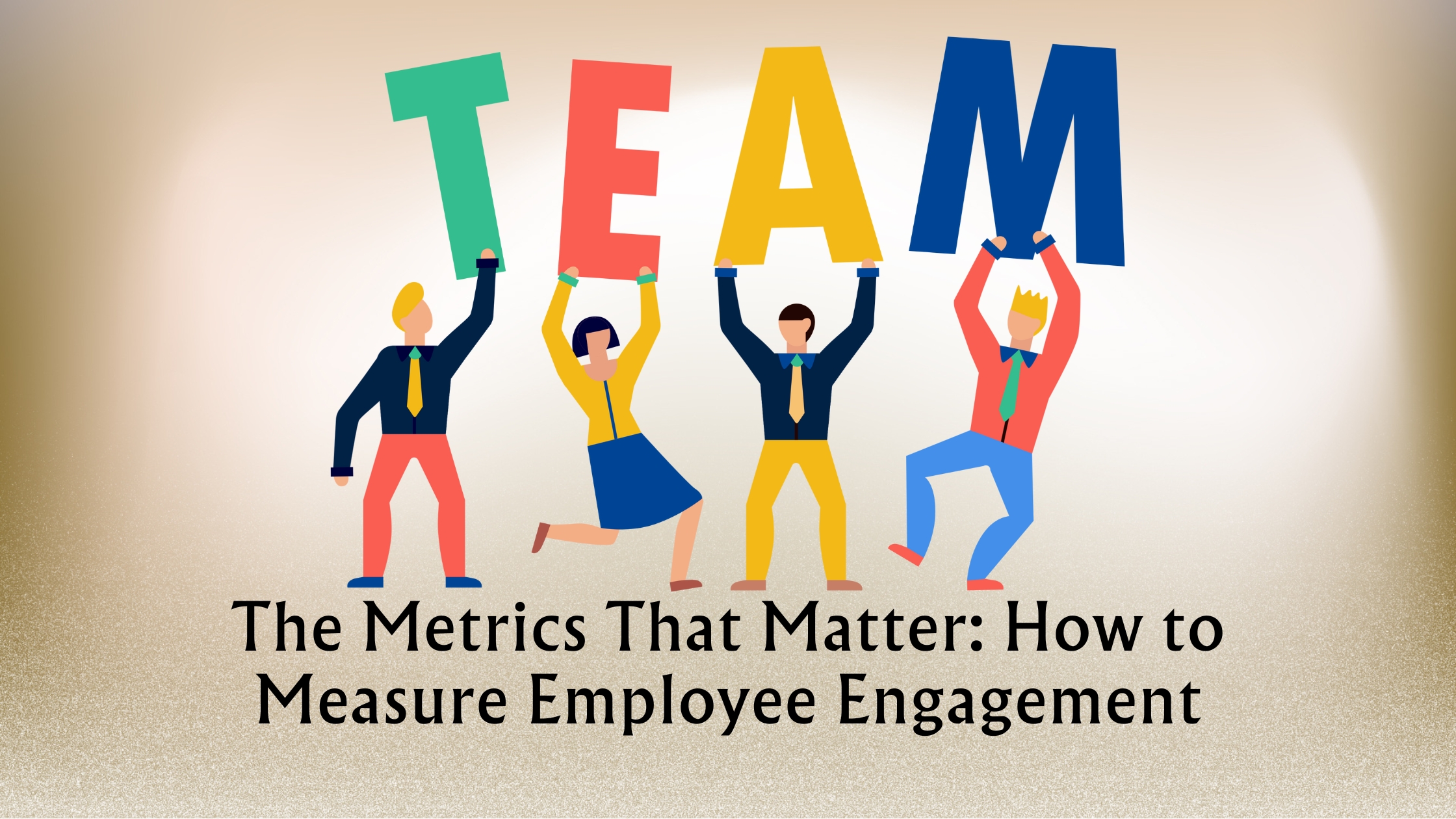
Employee engagement is more than just a buzzword; it’s a critical indicator of an organization’s health and success. Engaged employees are not just satisfied; they’re emotionally invested in their work and committed to their organization’s goals. However, measuring something as nuanced as engagement requires a strategic approach that goes beyond mere surveys. Here’s a comprehensive guide on how to effectively measure employee engagement:
Surveys and Feedback Mechanisms
Employee Engagement Surveys
Regularly conducted surveys remain a primary method to gauge engagement levels. These surveys typically delve into aspects like job satisfaction, workplace culture, opportunities for growth, managerial support, and alignment with company values. Analyzing trends and changes in responses over time provides insights into areas that need improvement.
Pulse Surveys
Short and frequent pulse surveys offer real-time feedback on specific issues or changes within the organization. These quick check-ins help identify immediate concerns and enable quicker action.
Analyzing Performance Metrics
Performance Reviews and Productivity
Examining performance reviews and productivity metrics can provide indirect but valuable insights into employee engagement. Engaged employees often display higher productivity levels and more consistent performance.
Absenteeism and Turnover Rates
Elevated rates of absenteeism and turnover can indicate underlying issues with engagement. Tracking these rates can pinpoint departments or teams that might need intervention.
Employee Behavior and Interaction
Social Network Analysis
Studying communication patterns and networks within the organization offers valuable insights. Analyzing who interacts with whom and how frequently can highlight collaboration levels and potential engagement issues.
Participation in Activities
Monitoring participation rates in voluntary activities, such as team events, workshops, or employee resource groups, can reflect the level of engagement employees have with their peers and the company culture.
Qualitative Feedback and Interviews
One-on-One Interviews
Engaging in qualitative conversations through interviews or focus groups allows employees to express their thoughts, concerns, and suggestions in a more detailed manner. These conversations provide rich insights beyond what standardized surveys can offer.
Exit Interviews
Exit interviews are valuable for understanding why employees leave. Analyzing their feedback helps identify engagement issues that might lead to turnover.
Analyzing Cultural Indicators
Alignment with Organizational Values
Assessing how well employees align with and embody the company’s values can indicate their level of engagement. Employees who resonate with the values are more likely to be engaged.
Leadership and Management Style
Evaluating leadership effectiveness and management practices can significantly impact engagement. A positive, supportive, and communicative leadership style often correlates with higher engagement levels among employees.
Conclusion: The Holistic Approach to Engagement Measurement
Measuring employee engagement isn’t a one-size-fits-all approach. It requires a blend of quantitative and qualitative methods that provide a comprehensive understanding of the organization’s dynamics. By combining surveys, performance metrics, behavioral indicators, and cultural assessments, companies can gain a holistic view of employee engagement levels.
Remember, the goal isn’t just to measure engagement but to use these insights to drive meaningful change. Companies that actively listen to their employees, identify pain points, and take steps to address them are better positioned to foster a highly engaged workforce, leading to increased productivity, retention, and overall success.
Leveraging Specialized Expertise
Partnering with an Employee Engagement Company
In pursuit of comprehensive insights into employee engagement, many organizations collaborate with specialized employee engagement companies. These firms offer tailored strategies and tools designed to assess, analyze, and enhance engagement levels within a company.
An employee engagement company often employs sophisticated methodologies, combining surveys, data analytics, and behavioral assessments to provide in-depth insights. These insights help in not just measuring engagement but also devising targeted interventions to improve it.
Partnering with such a company can yield invaluable insights and actionable recommendations. They often bring a wealth of experience and expertise in understanding the intricacies of workplace dynamics, thereby enabling organizations to make informed decisions to elevate employee engagement levels.














